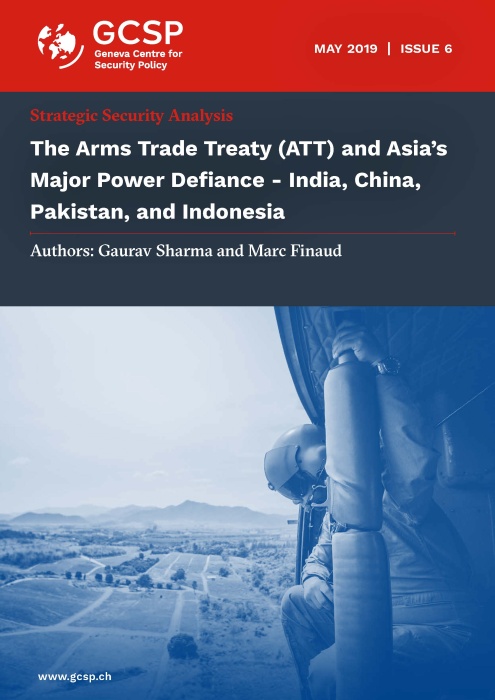The Arms Trade Treaty (ATT) and Asia’s major power defiance
15 May 2019
India, China, Pakistan, and Indonesia
Key Points
- Despite worldwide support of 130 states, the Arms Trade Treaty (ATT) has failed to attract membership from countries in Asia, one of the largest arms importing regions.
- One set of explanations for this reluctance to join an international regime of conventional arms trade regulation is related to the fear of restrictions on the imports of weapons seen as necessary in a context of protracted conflicts and rising tensions among key states in Asia. Another argument is the interpretation of the ATT as not directly prohibiting arms transfers to non-state actors, such as terrorist groups.
- Another reason is the efforts of some Asian states to develop their own arms industry and exports to reduce dependency on external suppliers and project influence in the region.
- One of the main criticisms from the Asian states about the ATT relates to the criteria of export risk assessment (Article 7), which, in their view, gives undue advantages to exporting countries.
- It would be desirable to promote some dialogue between State Parties and Asian non-parties and signatories to assess the benefits from and the difficulties in implementing the Treaty and address the objections of nonparties. Amending the Treaty will be easier if Asian countries accede to it.



